Rising Demand for Compact Vehicles
The Hatchback Market experiences a notable increase in demand for compact vehicles, driven by urbanization and changing consumer preferences. As cities expand, the need for smaller, more maneuverable cars becomes apparent. Hatchbacks, with their efficient use of space and fuel economy, appeal to city dwellers who prioritize practicality. Recent data indicates that hatchbacks account for approximately 30% of total vehicle sales in various regions, reflecting a shift towards compactness. This trend is likely to continue as more consumers seek vehicles that can navigate congested urban environments while offering sufficient cargo space. The Hatchback Market is thus positioned to benefit from this growing preference for compact vehicles, which aligns with the broader trend of sustainability and efficiency in transportation.
Affordability and Cost-Effectiveness
Affordability remains a crucial driver in the Hatchback Market, as consumers increasingly seek cost-effective transportation solutions. Hatchbacks generally offer a lower price point compared to sedans and SUVs, making them accessible to a broader audience. This affordability is complemented by lower maintenance and fuel costs, which further enhance their appeal. Recent market analysis indicates that hatchbacks are often the first choice for first-time car buyers and budget-conscious consumers. As economic conditions fluctuate, the demand for affordable vehicles is likely to persist, positioning the Hatchback Market favorably. Manufacturers may respond by introducing more budget-friendly models, ensuring that hatchbacks remain a viable option for those seeking economical transportation.
Technological Integration in Vehicles
The Hatchback Market is witnessing a surge in technological integration, which enhances the driving experience and safety features. Innovations such as advanced driver-assistance systems (ADAS), infotainment systems, and connectivity options are becoming standard in hatchbacks. This trend is supported by consumer demand for vehicles that offer both convenience and safety. Data suggests that vehicles equipped with such technologies see a higher rate of consumer interest, with hatchbacks increasingly featuring these advancements. As manufacturers invest in research and development, the Hatchback Market is likely to evolve, offering models that not only meet regulatory standards but also exceed consumer expectations for technology. This integration may also lead to increased sales, as tech-savvy consumers gravitate towards models that provide modern features.
Shift Towards Electric and Hybrid Models
The Hatchback Market is experiencing a transformative shift towards electric and hybrid models, driven by consumer demand for sustainable transportation options. As awareness of climate change grows, many consumers are seeking vehicles that reduce their carbon footprint. Hatchbacks, with their compact design, are particularly well-suited for electric and hybrid technologies, offering efficiency and practicality. Recent data shows that sales of electric hatchbacks have increased by over 25% in the past year, indicating a strong market trend. This shift is likely to continue as manufacturers invest in electric vehicle technology, expanding their hatchback offerings. The Hatchback Market stands to benefit from this transition, as consumers increasingly prioritize eco-friendly options in their vehicle choices.
Environmental Regulations and Emission Standards
The Hatchback Market is significantly influenced by stringent environmental regulations and emission standards imposed by governments worldwide. As nations strive to reduce carbon footprints, hatchbacks, often characterized by their smaller engines and lower emissions, are becoming increasingly favorable. Recent statistics indicate that hatchbacks typically emit 20 to 30% less CO2 compared to larger vehicles, making them an attractive option for environmentally conscious consumers. This regulatory landscape encourages manufacturers to innovate and produce more eco-friendly models, thereby enhancing the appeal of hatchbacks. The Hatchback Market is thus likely to see a rise in demand as consumers become more aware of their environmental impact and seek vehicles that align with their values.


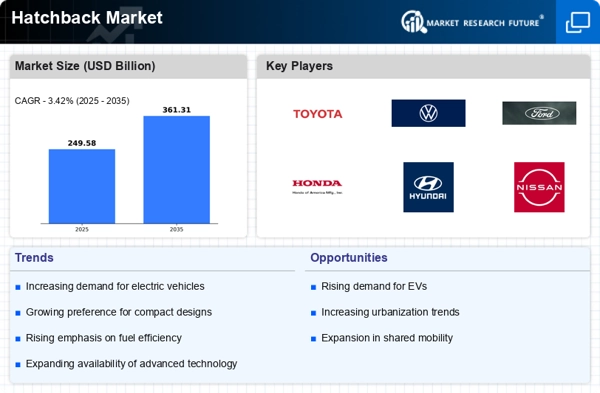
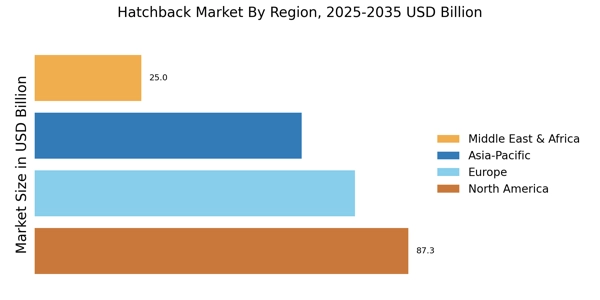
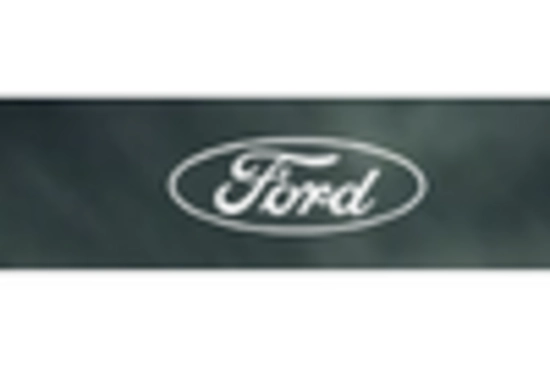
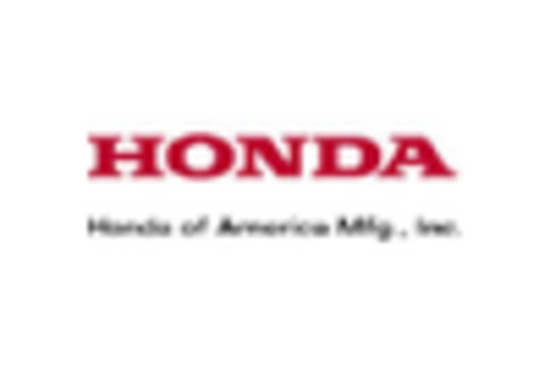
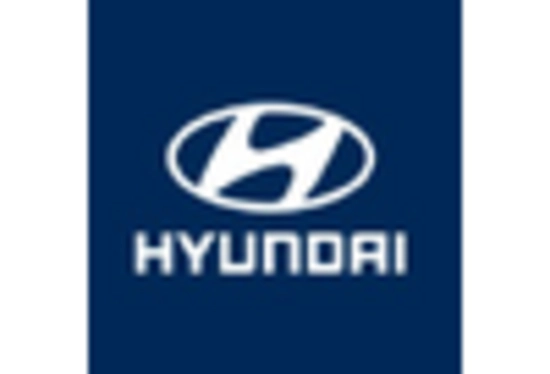
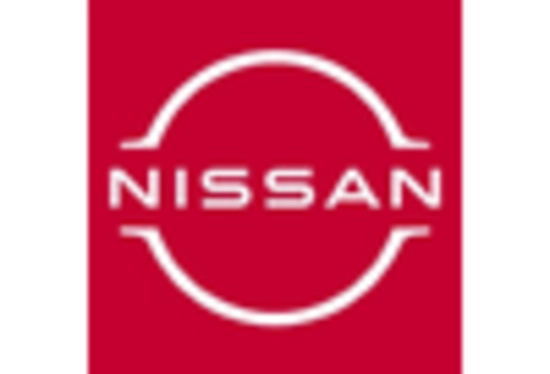
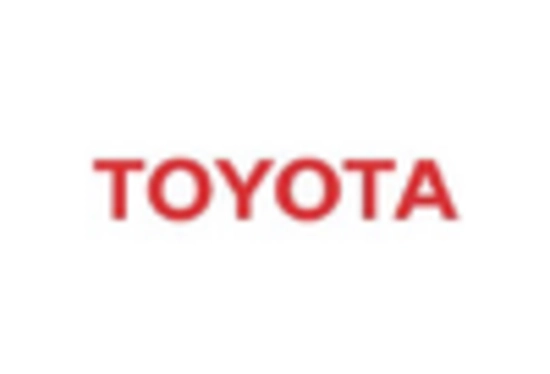
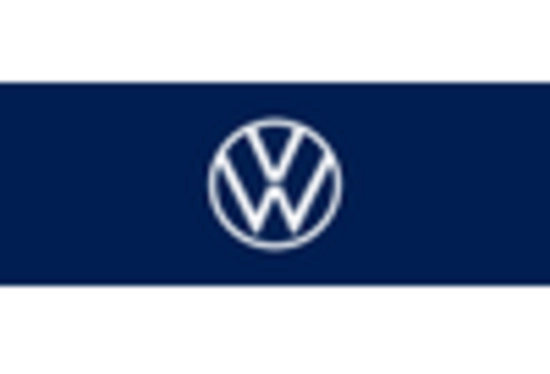








Leave a Comment